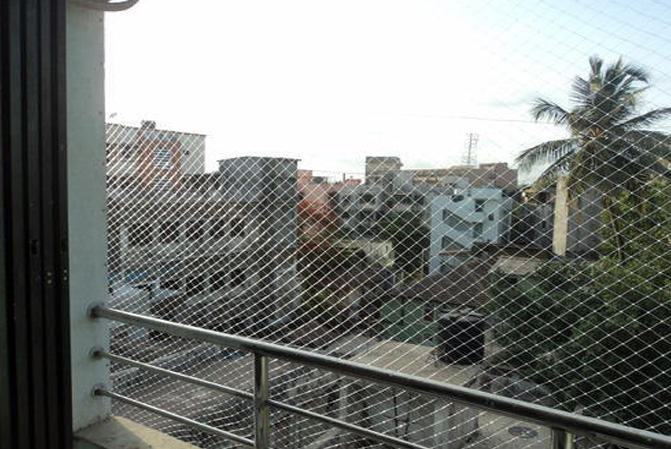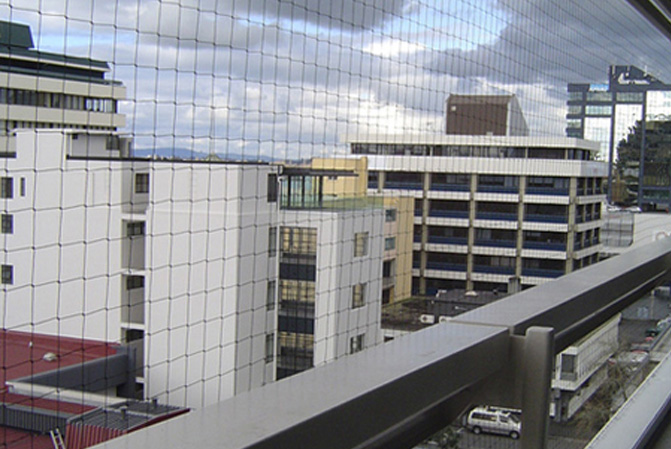Bird proofing

Netting
Netting can be used to encapsulate almost any area with a versatile range of fixings including masonry, wood and metal. There are several sizes of gauge (gaps in the net) so you can select which pest bird species to exclude, whilst adhering to current legislation. Netting is used on both commercial & Residential.
Nets tend to be made from nylon and come in a range of colours including black, stone and translucent. In order to function as intended, a professional installation is essential. Netting needs to be kept taut so that birds who make contact with it will “bounce” off, rather than become entangled.
Poor installation can also result in small gaps being left open, meaning that birds can become trapped behind the net and must be freed. Netting should be checked regularly to ensure that it has not become slack and is still working properly.



Bird Spike OR Anti-Perch Spikes
You might have noticed these on buildings before but if you haven’t, you probably will after reading this. Anti-perch, or often, pigeon spikes, can be seen in pretty much every town centre in the country.
The long, thin spikes are arranged at angles in rows along the edges of buildings and on any flat surface where a bird may choose to roost.
Although relatively simple to install with the correct experience, anti-perch spikes are widely regarded as one of the most humane and effective forms of bird control. Even the Royal Society for the Protection of Birds (RSPB) advocate the use of anti-perch spikes since they are so unlikely to cause harm to wildlife. Once in place, they are unobtrusive and require little maintenance.

